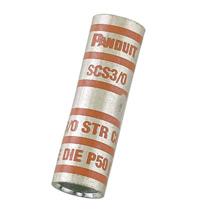SCS152: Features: ISO 7816-3:1989 Answer to Reset compatibl for synchronous cards Industry standard 4406 command set compatibl Extended commands: -Combined WRITE andERASE-WITH-CARRY function -Cryptographi...
floor Price/Ceiling Price
- Part Number:
- SCS152
- Supply Ability:
- 5000
Price Break
- Qty
- 1~5000
- Unit Price
- Negotiable
- Processing time
- 15 Days
SeekIC Buyer Protection PLUS - newly updated for 2013!
- Escrow Protection.
- Guaranteed refunds.
- Secure payments.
- Learn more >>
Month Sales
268 Transactions
Payment Methods
All payment methods are secure and covered by SeekIC Buyer Protection PLUS.

 SCS152 Data Sheet
SCS152 Data Sheet







